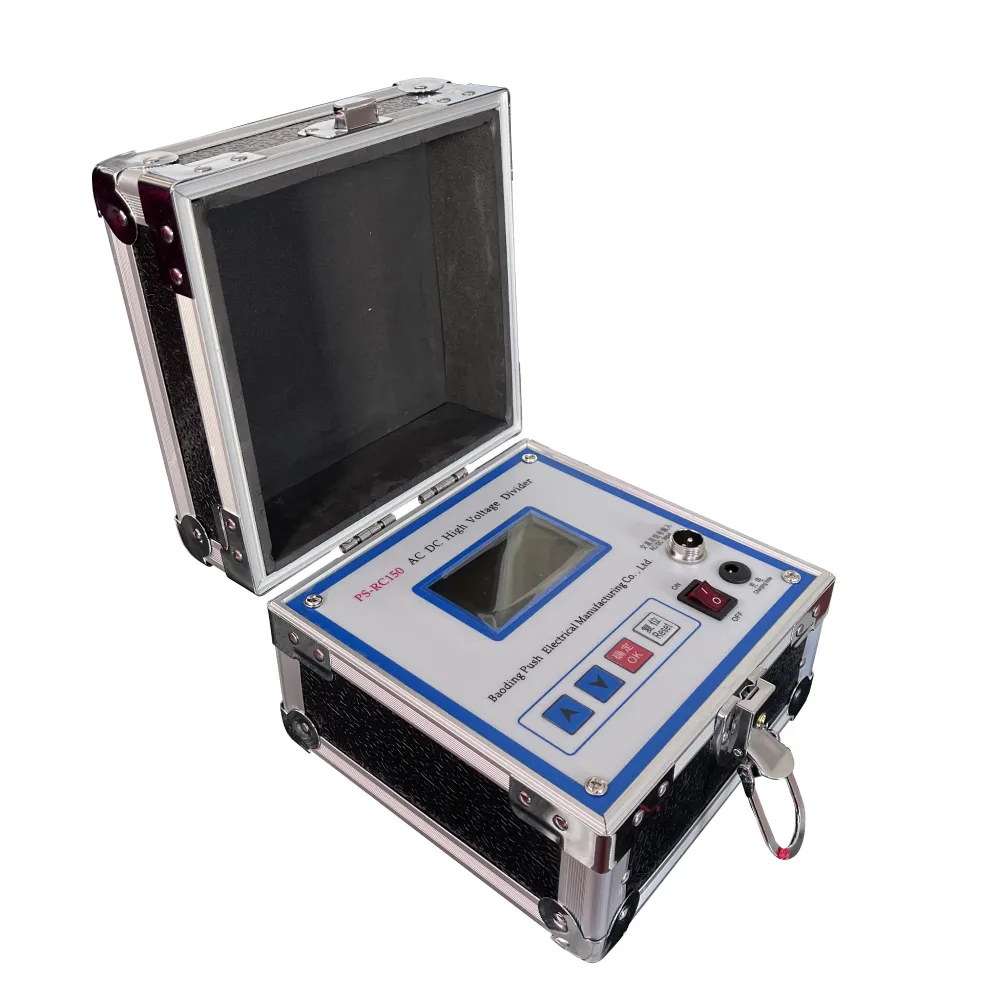 English
English


battery impedance measurement
Understanding Battery Impedance Measurement
Battery impedance measurement plays a crucial role in assessing the health and performance of batteries in various applications, including electric vehicles, renewable energy systems, and portable electronics. Impedance, which is essentially a complex measure of resistance and reactance, provides valuable insights into a battery's internal condition and efficiency.
What is Battery Impedance?
Battery impedance is a measure of how much the battery resists the flow of alternating current (AC). It can be affected by several factors, including the internal structure of the battery, the electrochemical reactions occurring within, and the temperature. Impedance is typically represented as a complex number comprising real (resistive) and imaginary (reactive) components. The real part corresponds to the resistive losses while the imaginary part relates to the capacitive and inductive properties of the battery.
Why Measure Impedance?
Measuring the impedance of a battery offers several benefits 1. State of Health Assessment By analyzing impedance, one can determine the state of health (SOH) of a battery. A significant increase in impedance often indicates degradation, which can be a precursor to failure.
2. State of Charge Evaluation Impedance measurements can also provide insights into the state of charge (SOC) of a battery. Because the impedance of a battery varies with its charge level, it can be used to gauge how fully the battery is charged.
battery impedance measurement

3. Performance Prediction Understanding the impedance characteristics allows for better prediction of battery performance under different load conditions, enabling more efficient battery management systems.
How is Impedance Measured?
Battery impedance can be measured using various techniques, with the most common being Electrochemical Impedance Spectroscopy (EIS). EIS involves applying an AC signal over a range of frequencies and measuring the voltage response. The resulting data is plotted in a Nyquist plot, where impedance can be analyzed across different frequencies to obtain a full profile of battery performance.
Other methods include the use of simple methods like the pulse current technique or frequency response analysis. Recent advancements in technology have led to the development of portable and non-invasive devices that can measure impedance quickly and accurately, making it easier to assess battery conditions in real-time.
Conclusion
In conclusion, battery impedance measurement is an essential tool in the management and maintenance of batteries. By providing critical insights into the health and performance of batteries, it helps in optimizing energy use, enhancing battery life, and avoiding unexpected failures. As technology advances, the ability to effectively measure and analyze battery impedance will continue to evolve, paving the way for more reliable and efficient battery systems in the future.
-
Differences between open cup flash point tester and closed cup flash point testerNewsOct.31,2024
-
The Reliable Load Tap ChangerNewsOct.23,2024
-
The Essential Guide to Hipot TestersNewsOct.23,2024
-
The Digital Insulation TesterNewsOct.23,2024
-
The Best Earth Loop Impedance Tester for SaleNewsOct.23,2024
-
Tan Delta Tester--The Essential Tool for Electrical Insulation TestingNewsOct.23,2024





